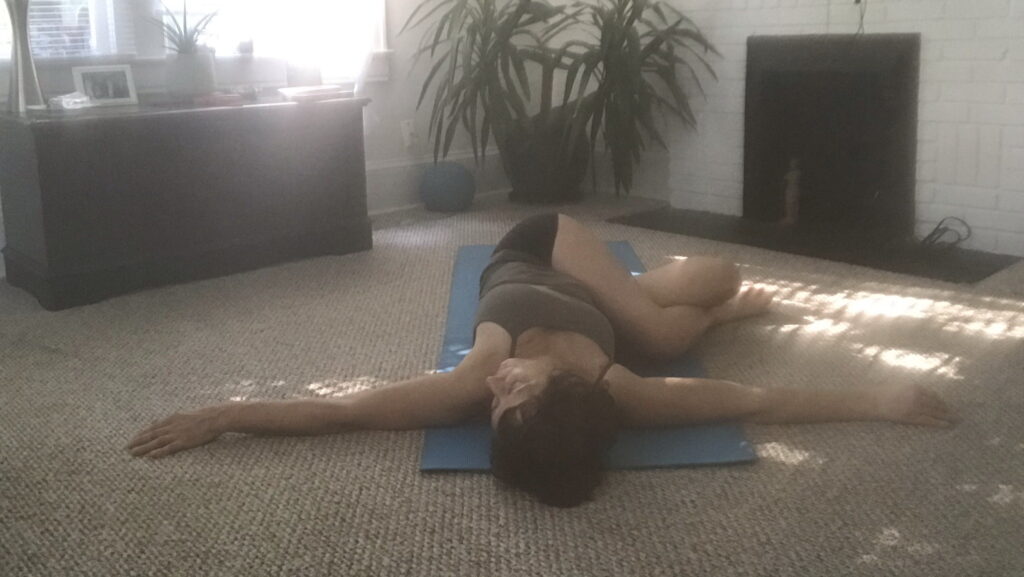Fascia, the connective tissue that connects every muscle and organ holds our life experiences. When we connect to it, we live a healthier life.
Have you ever felt deeply connected with your body? Have you ever experienced how much that helps you see what is going on with you?
One way to feel connected to your body is to explore your fascia.
So, what is fascia? It’s an umbrella term for the dense connective tissue that surrounds and connects every single muscle and organ throughout the body. Fascia is vital. It’s also called the “information highway” because it moves chemical and electromagnetic substances very quickly in the body. As a matter of fact, it’s through fascia that we experience our life, our being.
However, the importance of fascia was long overlooked. Fortunately, both regular and complementary medicine have done some research on fascia in the last decades. So, we now know that it is an important tissue for health.
Let’s go back in time. In the 80’s, Prof. Danis Bois, a French physical therapist and osteopath, created a soft tissue manual therapy that he called fasciatherapy. Bois started gently stimulating and relaxing fascia throughout the body. Soon after that, he realized that this therapy brought suppressed emotions and memories to the surface. So, he decided to go back to university to study psychology (among other things) so he could learn to guide his clients in their emotional work.
Listening to the “infinitely imperceptible”

Fasciatherapy helps in many circumstances. It improves the sense of self and allows us to be more present to our own experience of life. It helps us take care of ourselves and our needs.
Interestingly, Bois brings to our attention that fasciatherapy’s purpose is not about reaching a modified state of consciousness like breathwork (which is meant to help you release emotions). It’s about listening to the “infinitely imperceptible”.
Did you know that yoga, too, can help you (re)establish a relationship with fascia? The key is to find a teacher who is present and who will guide you in a slow practice where breath is the key. This style of yoga practice helps fascia to move and release. It also provides a space for you to connect with your inner sensations and tensions. There is something truly magical in experiencing this physical sensitiveness. Yet, if we want to heal we also need the verbal exchange. In other words, we need to translate these sensations and tensions into language, to name the feelings that hide behind the body sensations. Because a mind body practice is about feeling the body and breaking the silence.
Sources:
– Centre d’Etude et de Recherche Appliquée en Psychopédagogie Perceptive
– Fasciapraktijk Amsterdam
– Article “L’éveil sensoriel” published in Inexploré, spring 2021. Inexploré is a French quarterly magazine at the crossroad of science, spirituality and psychology.

